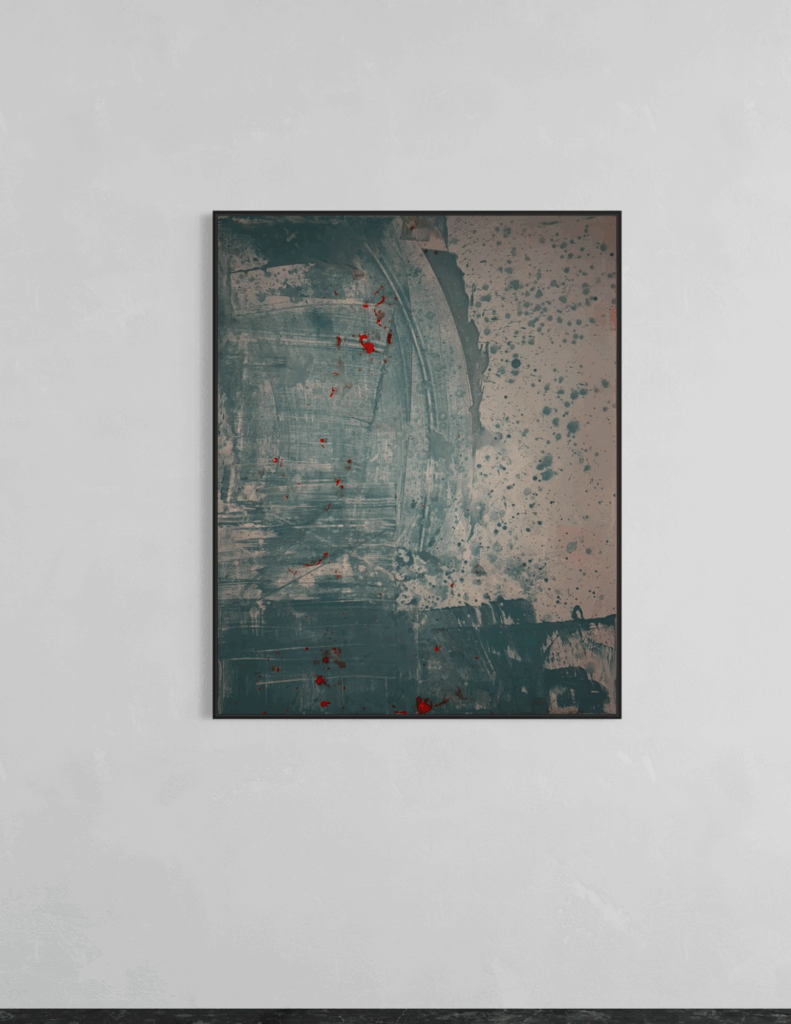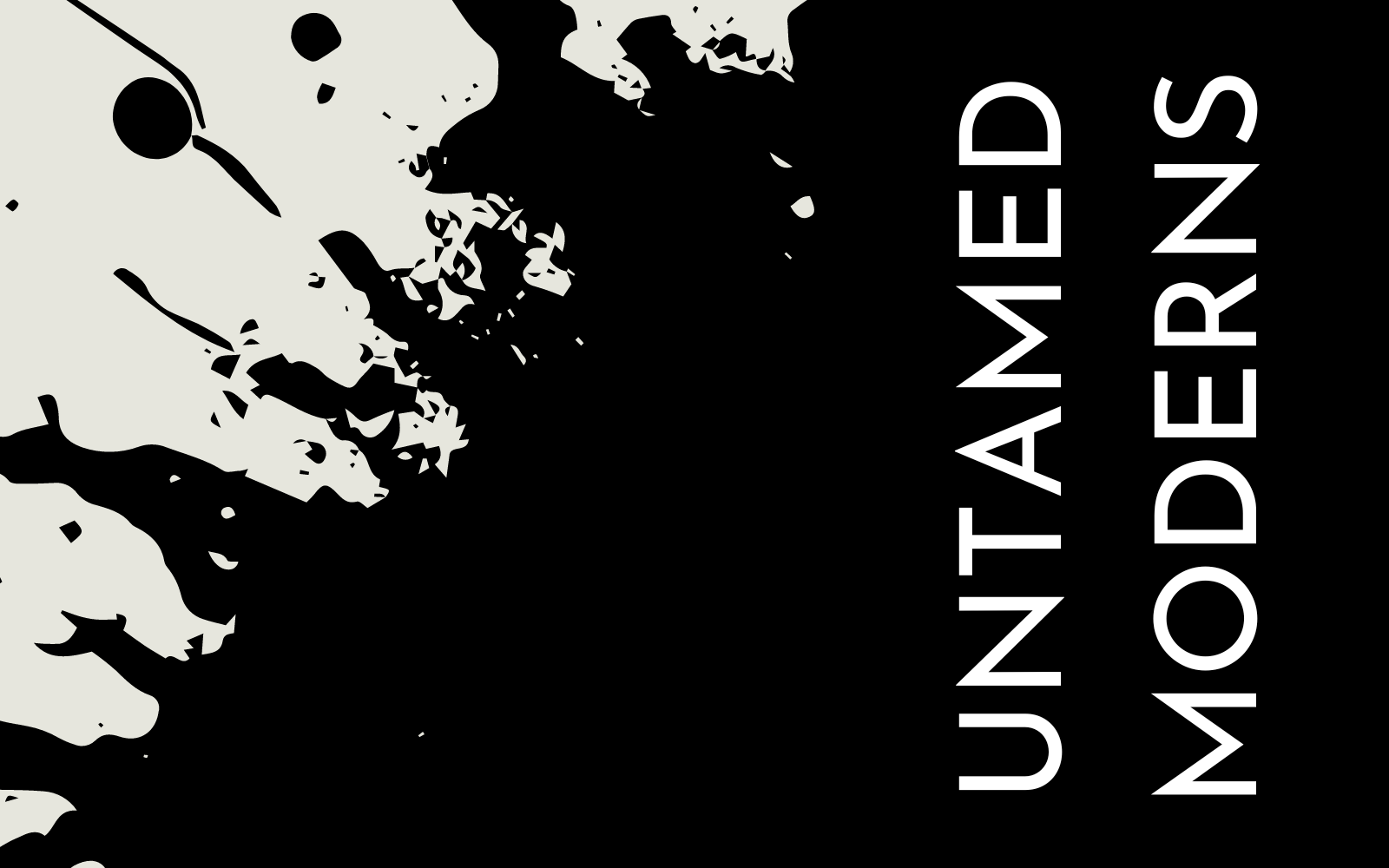Miles then turns to the water, in Nassau, where soft teal and misted blues conjure the lull of ocean tides and humid breezes. Faint splatters recall coral spray or rain on a tin roof — a portrait not of a tourist paradise, but of a place where time itself seems to slow, drift, and deepen.


n Nassau, Gina Keatley delivers a masterclass in atmosphere: a painting that shimmers with the salt-sweet breath of the sea and hums with the languorous rhythms of island life. Departing from the fiery intensity of her earlier entries in Miles, Keatley here adopts a more tempered palette — soft teals, misted aquas, and sun-bleached whites — layering them into a composition that feels weightless yet deeply resonant.
At first glance, Nassau appears almost translucent, like gauze or mist. Yet the closer one approaches, the more complexity emerges: delicate specklings interrupt the smooth fields of color, suggesting coral dust, rain, or the myriad unseen particles that permeate coastal air. The surface is alive with these micro-interruptions, giving the work a tactile, almost breathing quality. It is a painting that refuses to sit still, much like the waters that surround the Bahamas — serene at a distance, endlessly shifting upon closer inspection.
The palette is key to Keatley’s success here. Instead of the tropical saturation often associated with depictions of the Caribbean, she leans into a subtler, more mature set of tones. Her blues are not simply “ocean blue”; they are complex, layered, infused with hints of green, pearl, and silver. They capture not just the visual presence of water, but its emotional weight: its ability to soothe, to isolate, to inspire longing. In Nassau, the sea is not a backdrop but a protagonist, one that carries both promise and peril.
Keatley’s brushwork remains loose and confident, but in Nassau, it softens. The gestures spread out, allowing more breathing room between marks, giving the painting a gentle ebb and flow. This looseness evokes not only the ocean but the cultural cadence of Nassau itself — its music, its daily rituals, its resistance to the tyranny of time. There is a dreaminess to the work, but it is never saccharine; it feels earned, grounded in a real sense of place.
Yet beneath the surface tranquility, there are hints of tension. Tiny fractures, splattered interruptions, and subtle tonal shifts suggest the storms that lie beyond the horizon, the complex histories buried beneath the island’s beaches and pastel façades. Keatley’s Nassau is not a naïve paradise; it is a place touched by both beauty and vulnerability, celebration and survival.
There is a profound generosity in this piece. It invites the viewer not merely to look but to exhale, to drift into memory or imagination. It captures what great travel moments often do: the suspension of ordinary time, the surrender to a rhythm outside oneself. Keatley renders this sensation not with literal imagery, but with a painterly language of texture, breath, and light.
